
Aer

> Aqua
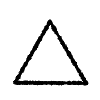
Ignis

Terra
Aqua
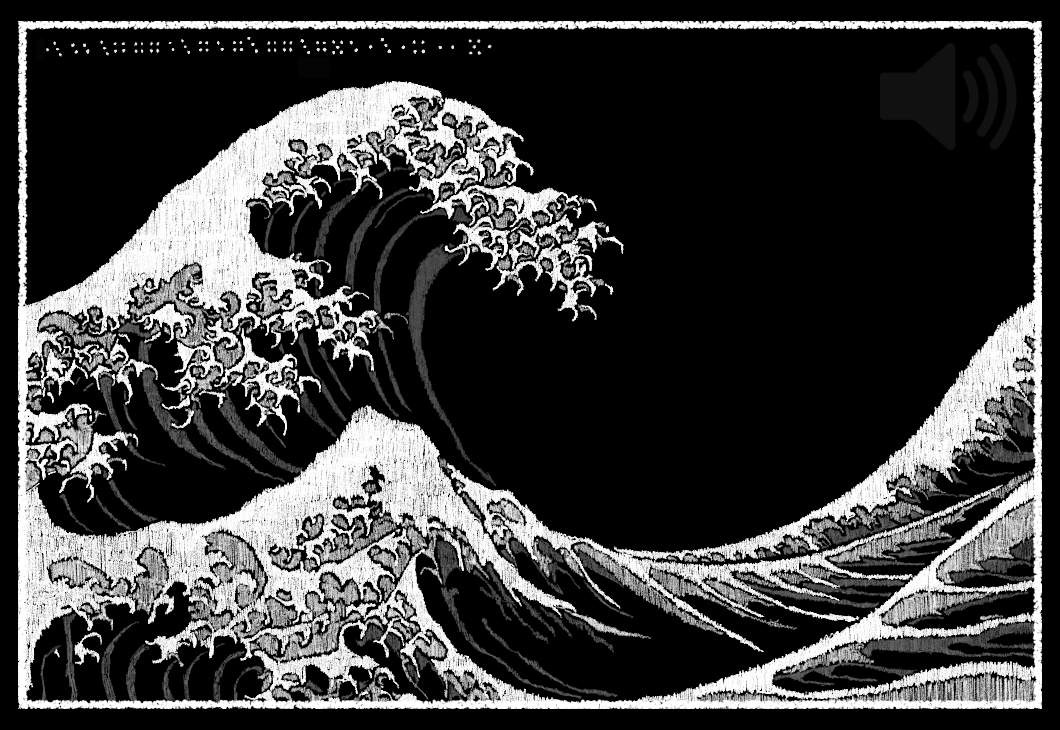
Inside
| The following audio may contain sudden loud noises, blurry pictures, and other sounds that may or may not cause side effects such as temporary headaches, persistent headaches, and a desire to send death threats to the author. |
| You have been warned. |
Although more experienced solvers would've been able to guess that this is going to be about spectrograms given the noise, the TTS anouncing that the audio contains "blurry pictures" is a hint towards it being spectrogram.
Viewing the audio in programs like Audacity (which is NOT great for this) or SonicVisualiser (which IS great for this and you should get it) gives 5 pictures, as well as some texts.

This is a quote from Polybius, which hints the use of a Polybius Square.

This is hint towards the numbers on the pictures being timestamps, which in this case is UNIX time.
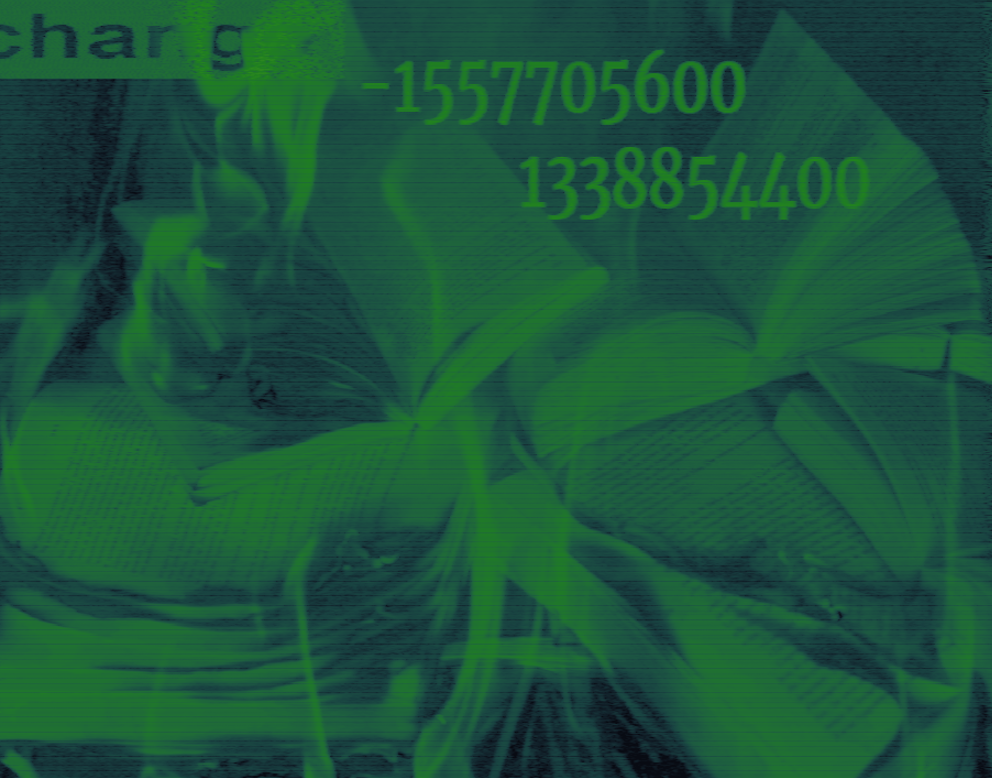 The first image shows books being burned. The timestamps correspond to August 22, 1920 and June 5, 2012. This is the birth date and death date of Ray Bradbury.
The first image shows books being burned. The timestamps correspond to August 22, 1920 and June 5, 2012. This is the birth date and death date of Ray Bradbury.This, along with the burning books, are references to his book Fahrenheit 451, in which the plot revolves around a "fireman" whose job is to burn books.
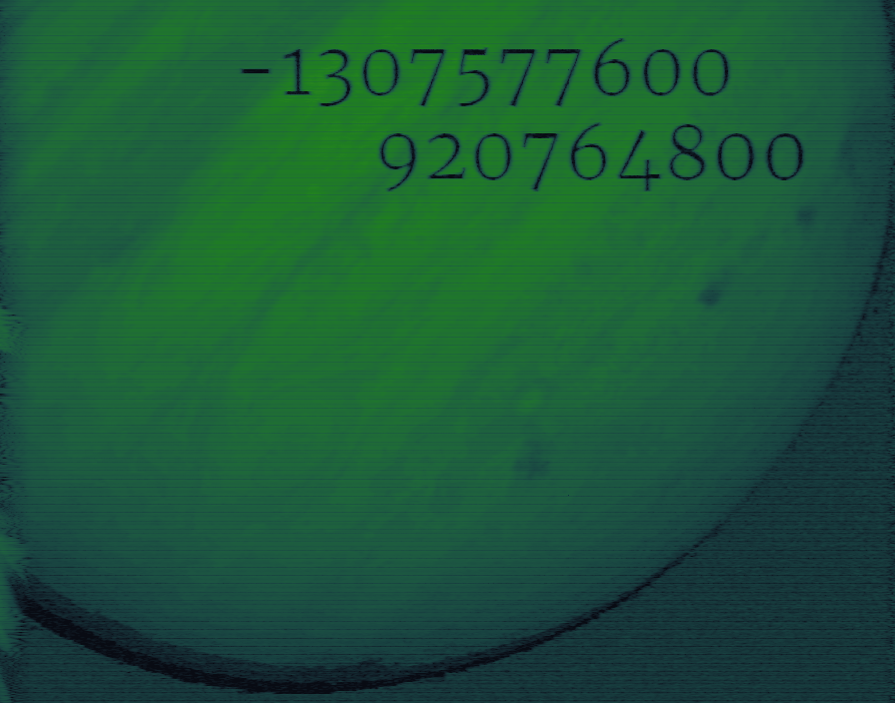 The second image shows Jupiter. The timestamps correspond to July 26, 1928 and March 7, 1999. This is the birth date and death date of Stanley Kubrick.
The second image shows Jupiter. The timestamps correspond to July 26, 1928 and March 7, 1999. This is the birth date and death date of Stanley Kubrick.This, along with Jupiter, are references to his film 2001: A Space Odyssey, in which the plot revolves around a monolith on Jupiter.
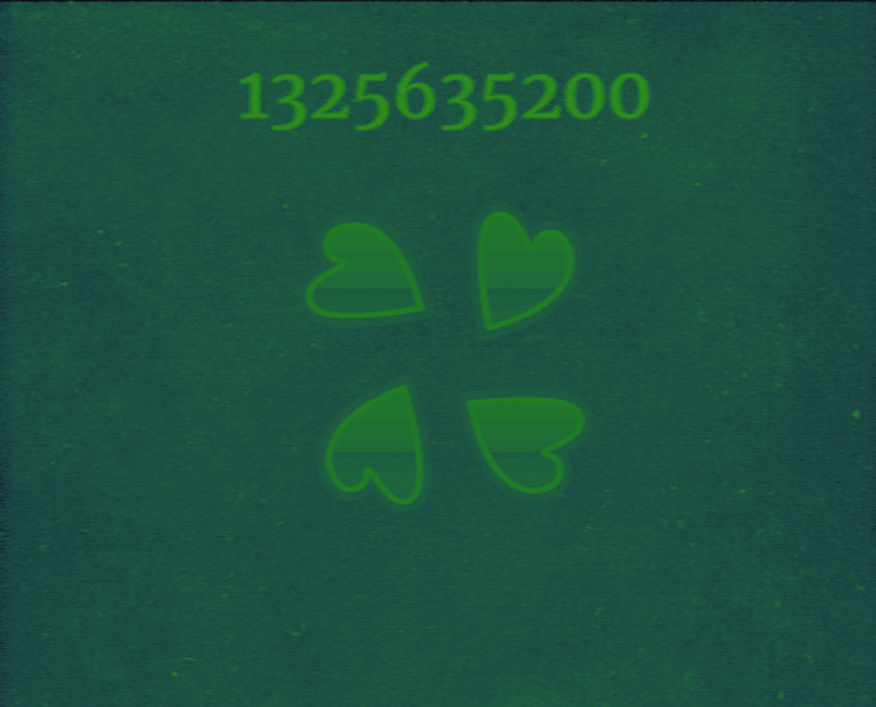 The third image shows the 4chan logo. The timestamp corresponds to January 4, 2012, which is the day when Cicada 3301 first appeared on 4chan, as well as the internet.
The third image shows the 4chan logo. The timestamp corresponds to January 4, 2012, which is the day when Cicada 3301 first appeared on 4chan, as well as the internet.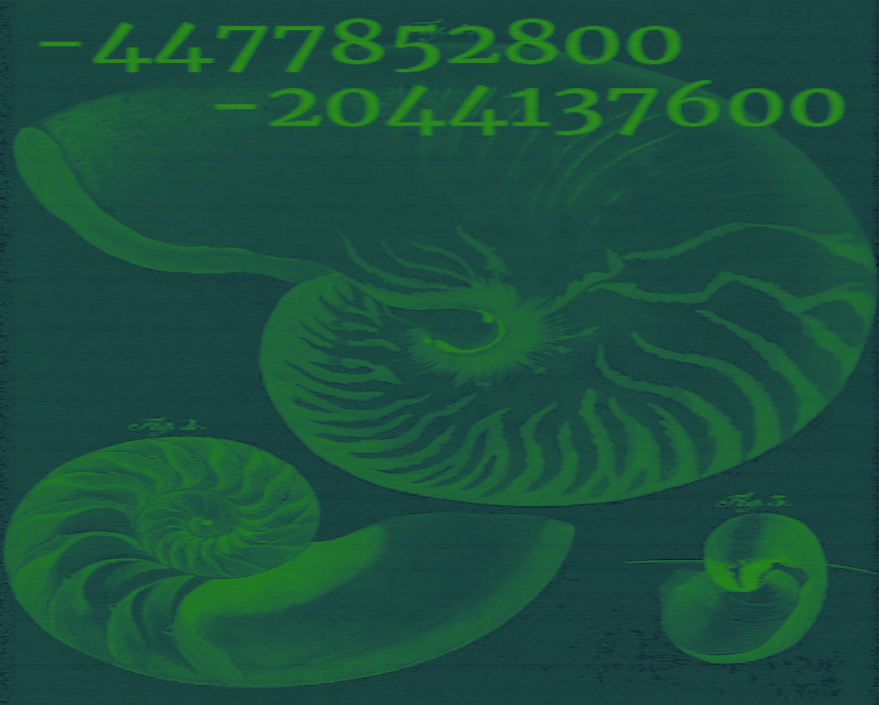 The fourth image shows nautiluses. The timestamps correspond to February 8, 1828 and March 24, 1905. This is the birth date and death date of Jules Verne.
The fourth image shows nautiluses. The timestamps correspond to February 8, 1828 and March 24, 1905. This is the birth date and death date of Jules Verne.This is a reference to the submarine Nautilus featured in his works Twenty Thousand Leagues Under the Sea and The Mysterious Island. Given the pattern so far, it is decucible that the answer here should be Twenty Thousand Leagues Under the Sea, as it is the only one that contains a number.
 And finally the fifth image shows music notes, as well as a star within a circle. The notes, when interpreted as morse code given the difference in note lenghts, decodes to
And finally the fifth image shows music notes, as well as a star within a circle. The notes, when interpreted as morse code given the difference in note lenghts, decodes to The timestamp corresponds to April 1, 1976, which is the release date of Rush's album 2112 per the official Rush website. This is also further reinforced by the star on the picture, which is featured in the cover art of 2112.
The fact that these all refer to things that have numbers in their names means that Codex Arcanum has to be used. Doing so shows that each number corresponds to a 5-letter word, which in order of spectrogram appearance are
Back to the beginning. In the upper left corner of
Using this string and the letter set

Aqua has been solved, the next step is at Conclusion, Extra Terra, and more.